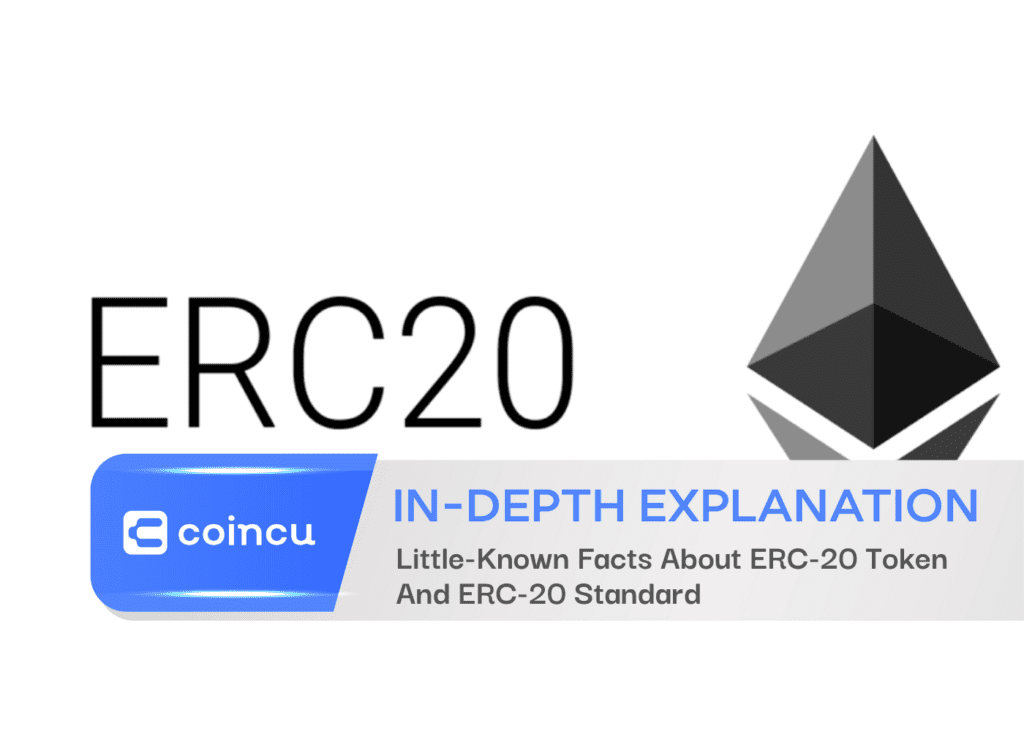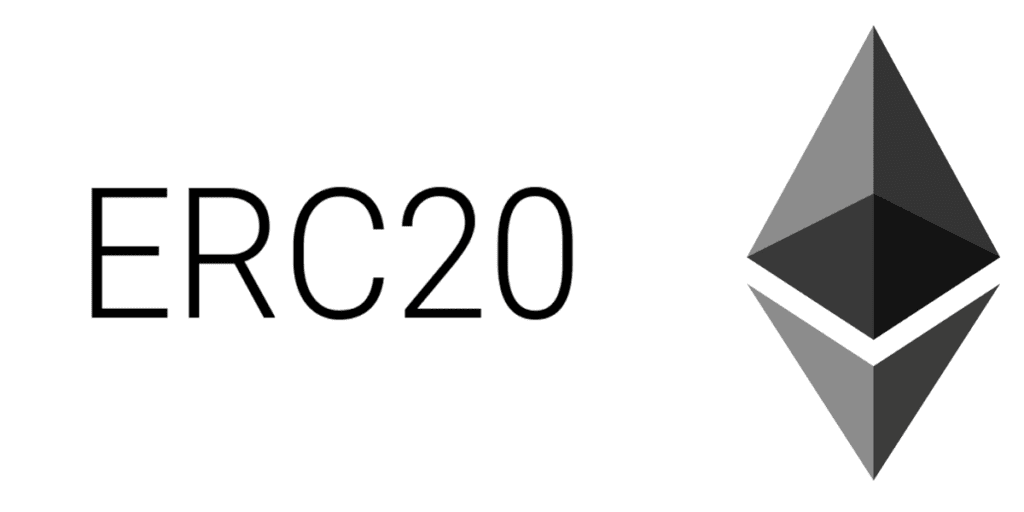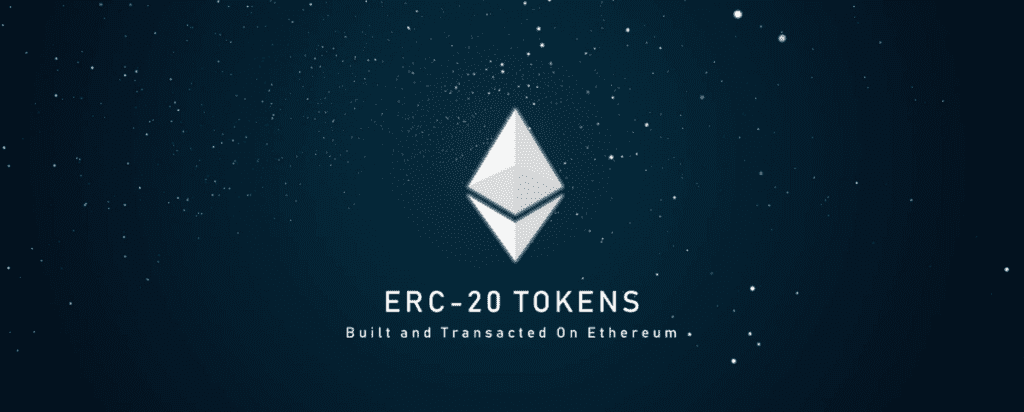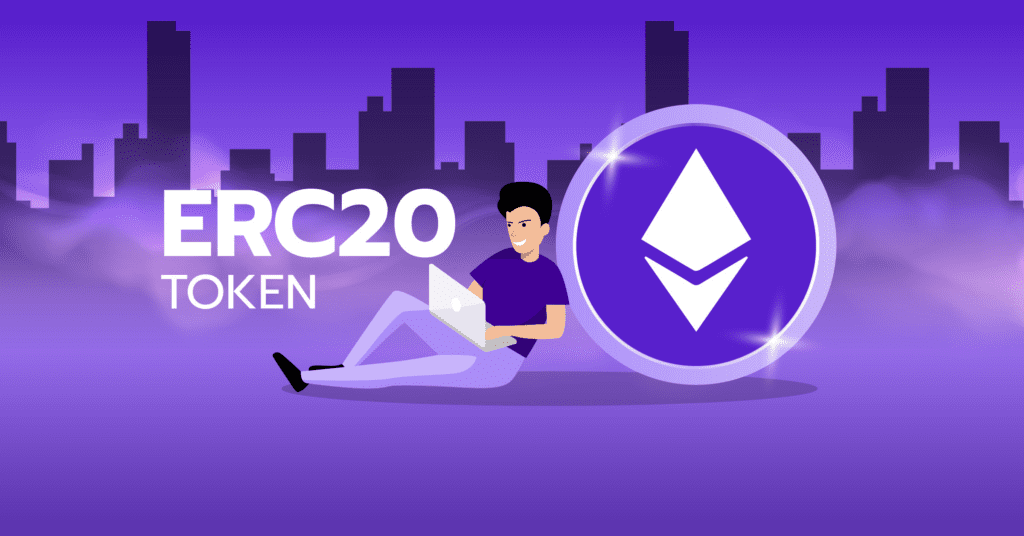Little-Known Facts About ERC-20 Token And ERC-20 Standard
3
3

The popularity of cryptocurrencies has skyrocketed in recent years, and with Bitcoin reaching an all-time high, it’s no surprise that numerous altcoins want to get into this competitive market. The Ethereum blockchain serves as the foundation for several of these coins. As a result, they are compatible with the ERC-20 tokens and standards.
General Introduction of ERC-20
The ERC-20 stands for Ethereum Request For Comments, and the number 20 denotes the unique numerical ID used to differentiate the standard from others.
ERC-tokens are digital assets developed, issued, and used in the same way as Bitcoin.
ERC-20 is a collection of guidelines that helps developers simplify and enhance the process of developing a standard Ethereum-based token.
The Difference Between Standard Crypto and ERC-20 Tokens
ERC-20 tokens work similarly to ordinary cryptocurrency, but their ideas are distinct. Indeed, the terms cryptocurrency and tokens have distinct meanings and should not be used interchangeably.
To begin with, cryptocurrency is a type of digital asset that is encrypted using encryption. This implies that these coins run on their own blockchains, and the ledgers are distributed across decentralized blockchains.
Meanwhile, Tokens are a type of utility that runs on top of a blockchain. ERC-20 tokens and several other equivalents, such as ERC-223, ERC-721, are among the most popular.
ERC-20 tokens differ from normal crypto in that they rely fully on the Ethereum blockchain rather than having their own blockchain. As a result, there is a gas price to complete a transaction. And a miner utilizes these fees to accomplish network transactions. And the gas charge varies according to network activity. Finally, the more the gas taxes, the more crowded the network.
The Relationship Between ERC-20 And Smart Contracts
Fabian Vogelsteller, a prominent player in the blockchain sector with a background in web development, introduced ERC-20, the technical standard underlying smart contracts implementing the currency on the Ethereum blockchain, in 2015.
A smart contract is a piece of code that is run in response to a request from a user or another program. Smart contracts are also in charge of conducting transactions, validating fees, and keeping track of the balances of each token’s holders.
These contracts often have a unique name, supply, and behaviour. However, as long as the core ERC-20 criteria are followed, they are all ERC-20 compatible.
The Function Of ERC-20 Tokens
Because ERC-20 tokens are based on smart contracts, their functionality varies. It can be used as money, reputation points on an online platform, lottery tickets, a financial asset such as a corporate share, or evidence of ownership.
The following are some of the properties of ERC-20 tokens:
- Applicable for payment transactions, and it is transferable. ERC-20 tokens function just like any other cryptos. They are transferable from one address to another, as long as it fulfills the requirements.
- They are fungible. That means all transaction histories are traceable even though each token’s code is identical.
- There must be an identified total supply of ERC-20 tokens created. Some ERC-20 tokens may or may not have a fixed supply of coins. Its purpose of having a total supply is to ensure the ecosystem is aware of the total number of tokens circulating.
ERC-20 tokens are commonly purchased, sold, swapped, or traded on cryptocurrency exchanges. They may be stored in any Ethereum-compatible wallet, such as MetaMask and MyEtherWallet, as well as a paper wallet, wallet software, or even a hardware wallet, such as the Trezor or Ledger Nano S.
What Cryptocurrencies Use The ERC-20 Standard?
On the Ethereum blockchain, there are several token specifications. ERC-20 tokens are among the most widely used. On Ethereum’s main network, more than 200,000 ERC-20-compatible tokens exist, according to Etherscan. Many of the top digital currencies by market cap are used for diverse reasons.
- ChainLink Token (LINK), Chainlink is an ERC-677 token that inherits functionality from the ERC-20 token standard. This token runs on blockchain middleware that acts as a bridge between cryptocurrency smart contracts, data feeds, APIs, and traditional bank account payments.
- Maker (MKR) is a utility token based on the Decentralized Autonomous Organization (DAO) that creates DAI stablecoin on the Ethereum blockchain.
- Tether (USDT) is a stablecoin that runs on the ERC-20 protocol. That means the deposit address is an ETH address, while the deposits and withdrawals take place on the ETH network.
When Ethereum introduces sharding and changes to the Proof-of-Stake consensus mechanism in the ETH 2.0 Upgrade, we may anticipate the number of projects based on the ERC-20 standard to rise tremendously. Furthermore, ETH 2.0 addresses transaction concerns by allowing users to make ERC-20 token transfers virtually instantly and at a lower cost.
Pros and Cons of ERC-20 Tokens
Pros
- Convenient. ERC-20 tokens are simple and easy to deploy. Alternatively, developers can also code smart contracts with Vyper programming language which is similar to Python.
- Flexible for customization. Depending on the business logic and user interactions, ERC-20 tokens are customizable to enable features like gas auto-refill for future transactions, freezing and unfreezing a token, adding on a central mint to modify the tokens in circulation, and more.
- A defined roadmap for developers. The ERC-20 standard gives developers a proper blueprint, which allows them to create new tokens in an effortless way instead of building them from scratch.
- Token standardization. Ethereum provides the token specification that includes interaction rules between different tokens and token purchase rules. With a universal standard, users can transfer new tokens to a wallet and be put on an exchange all at once.
- Liquidity. If the projects based on Ethereum are active and interact with each other, that brings more projects and more users to the Ethereum network.
- Widely Accepted. ERC-20, as well as its tokens, are recognizable on most exchanges and wallets because of the universal protocol that is adaptable to broad exchanges.
- Eradicate counterfeit tokens. All transactions are subject to approval, and the total supply of tokens smoothens the auditing process by ensuring there is no duplicate of tokens in circulation.
Cons
- Instability. The Ethereum blockchain has recently moved its consensus method from the Proof-of-Work to the Proof-of-Stake system via ETH 2.0. Though ETH 2.0 aims to address all of the scalability issues, many changes are just undergoing, and it’ll take time, and the project is yet to complete. At this time, there might be system instability.
- Expensive gas fee. ERC-20 relies on the Ethereum blockchain, and to complete each transaction, there will be a gas fee. While the gas fee is parallel to the blockchain activities, the gas fees increase when there’s heavy traffic in the blockchain.
- Transfer bugs. In Ethereum, there are two kinds of accounts. Sending tokens from one EOA account to another using the transfer function causes no problems but transferring funds to a contract account results in a bug that has already led to the loss of nearly a million dollars.
- Slow transactions. The withdrawal and transactions are correlated to the Ethereum blockchain. When the network is congested, all of the transfers on ERC-20 will be slowed.
- Irreversible transactions. There is no way to return funds if users sent ERC-20 tokens to the wrong address, and tokens remain forever trapped in contracts.
- A very low entry point. Developers can easily exploit the policies to develop fraudulent ICOs and tokens with non-value-adding projects.
Conclusion
ERC-20 may continue to be one of the most popular standards used by many developers throughout the world. However, it is not without flaws. Many solutions try to solve technical issues with the standard. However, most of them continue to be short and deceptive hacks that do not provide a comprehensive explanation. As a result, while evaluating an ERC-20 initiative, investors should keep this in mind.
DISCLAIMER: The Information on this website is provided as general market commentary and does not constitute investment advice. We encourage you to do your own research before investing.
Join us to keep track of news: https://linktr.ee/coincu
Website: coincu.com
Thana
Coincu News
3
3












